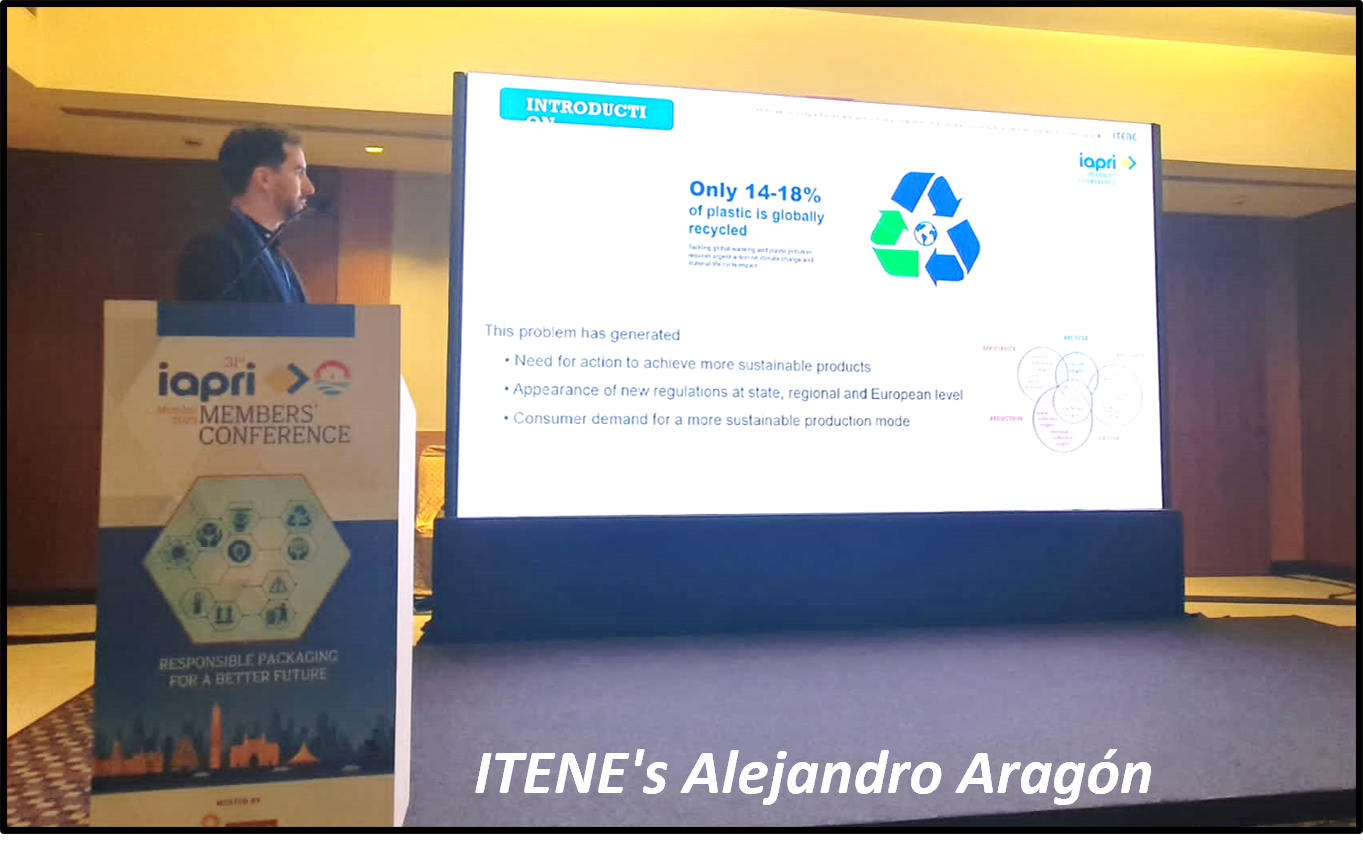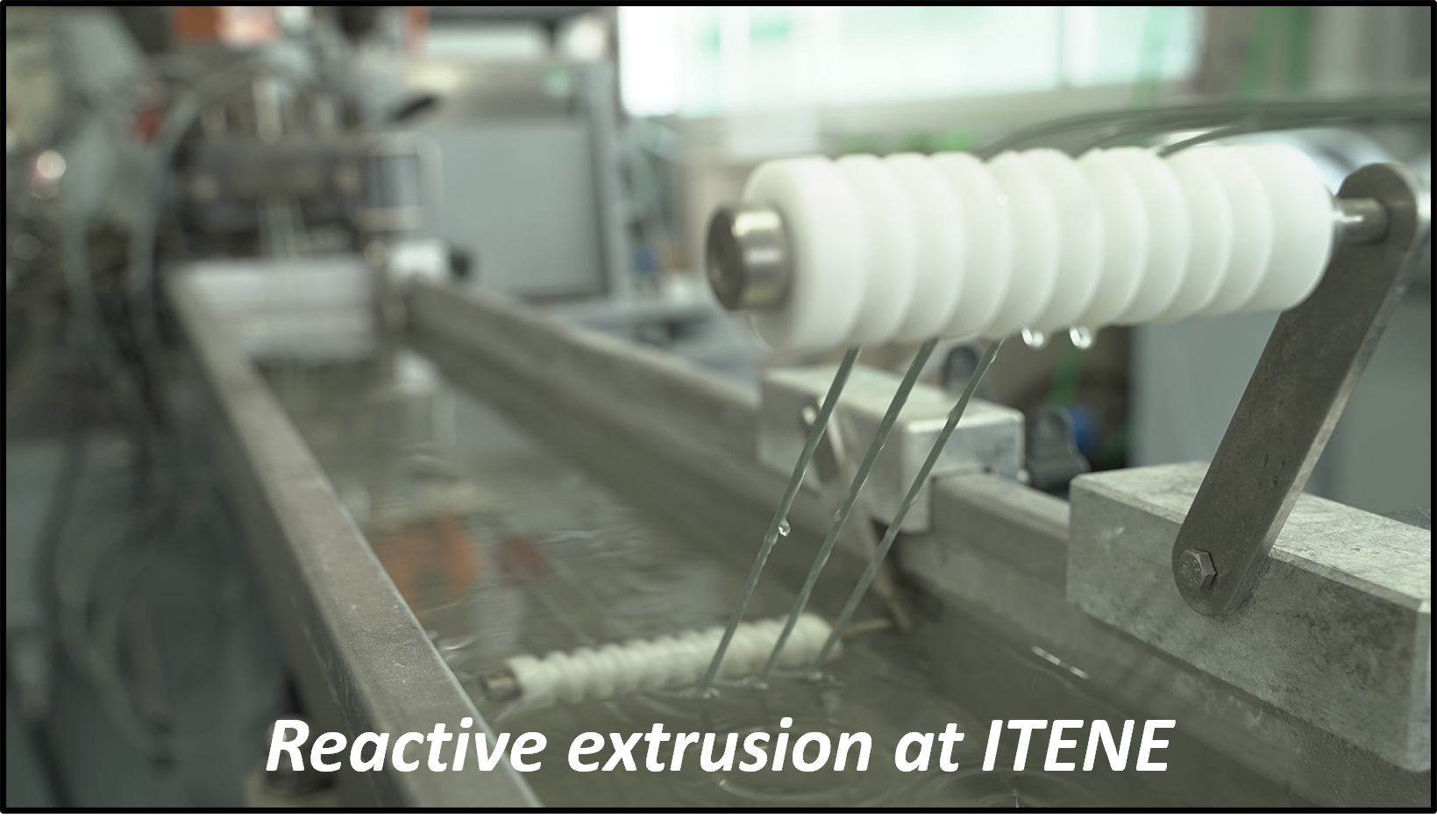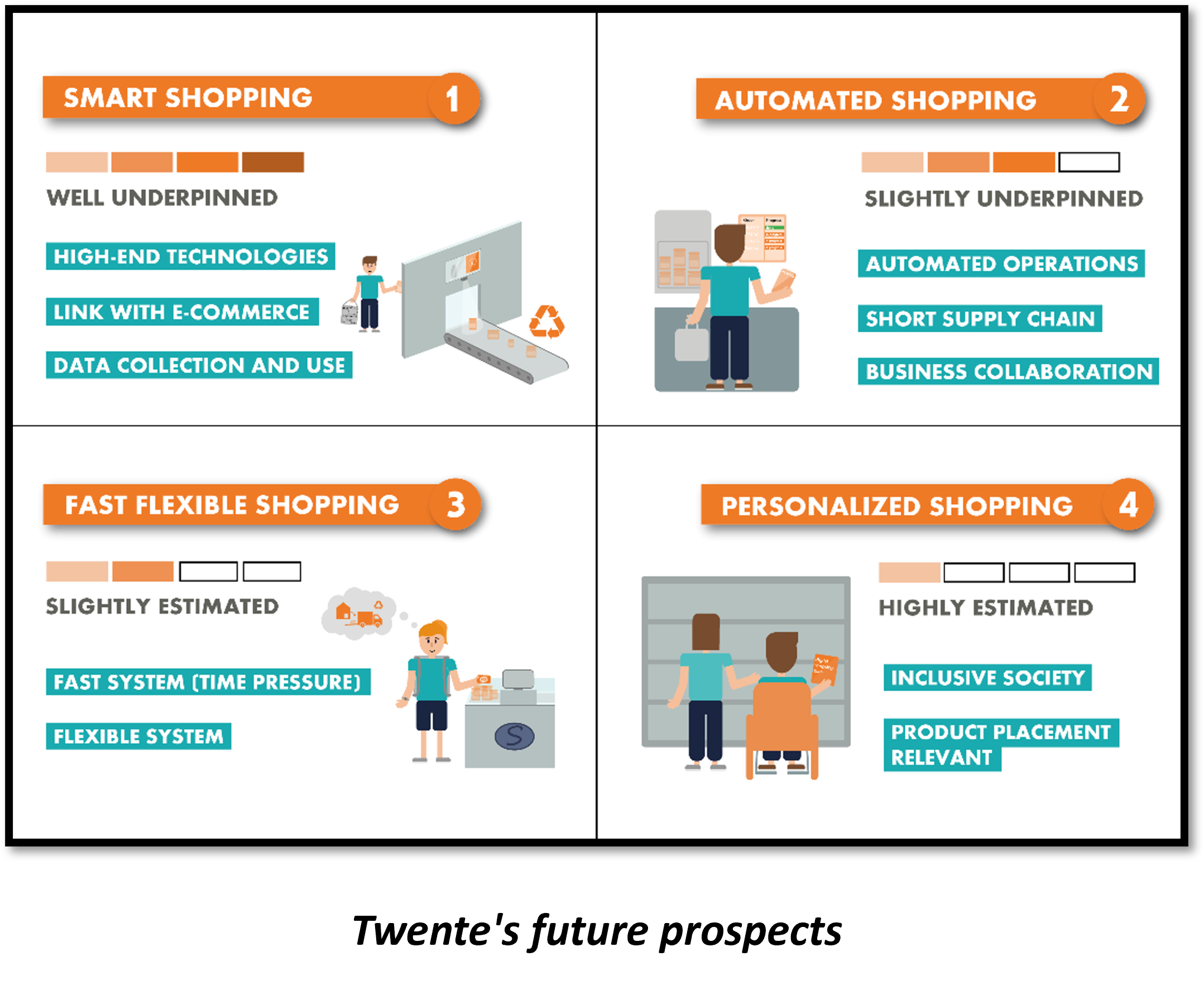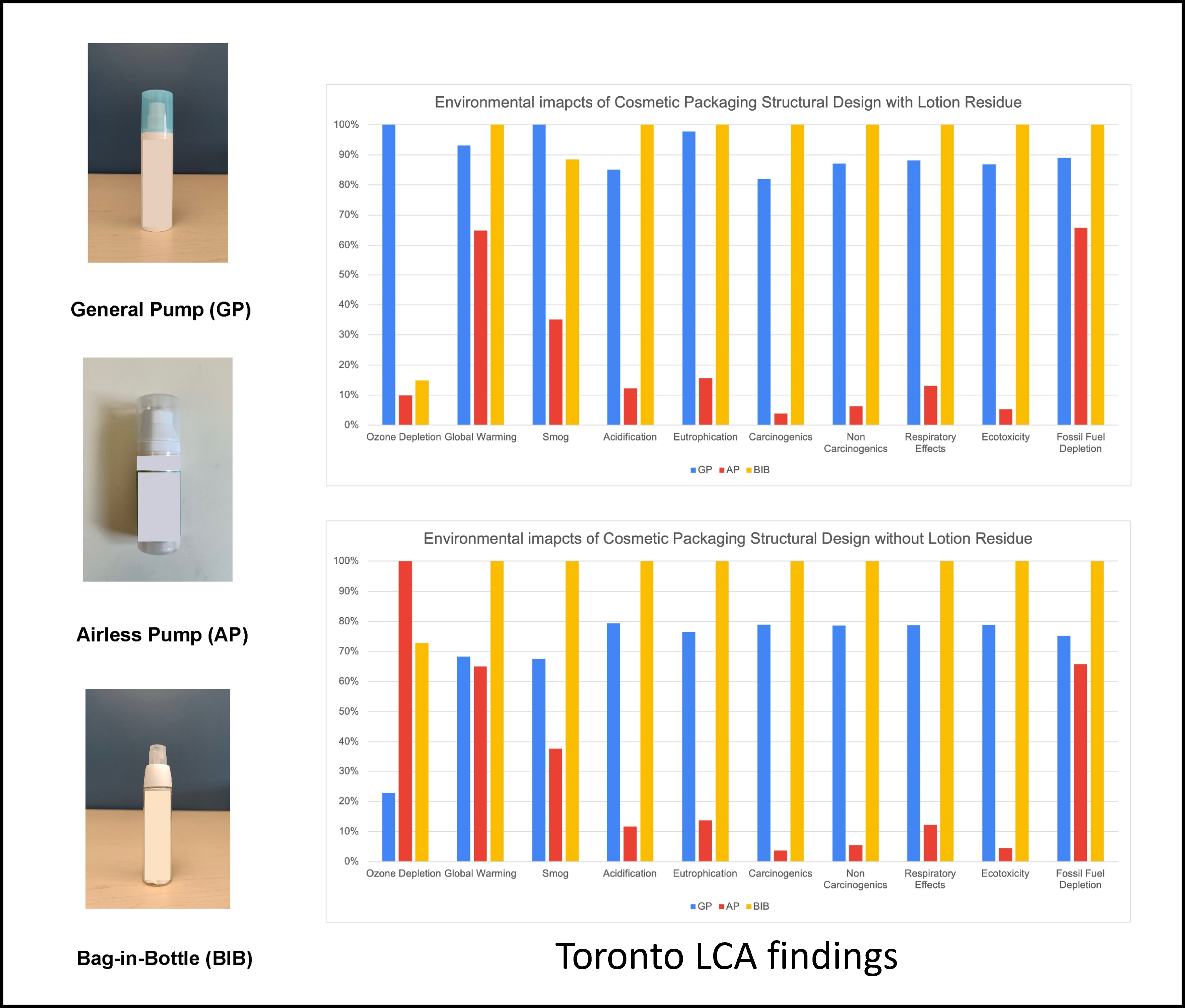News Items - International Association of Packaging Research Institutes
| Recycling, refills and product LCAs Alongside biopolymers and sustainable sourcing, the viability of recycling is a critical component in the circularity of plastics packaging, so it was hardly a surprise that questions around repeat reprocessing, as well as reuse and lifecycle assessment (LCA), arose at last summer’s Mumbai Conference. A research team from Kasetsart University in Thailand looked at the effects of consecutive extrusion processes on the properties of recycled PET (rPET). The aim was to imitate rPET processing during melting and extrusion over up to six cycles. Virgin PET (vPET) was processed in the same way for comparison. Overall migration was also tested for. The researchers used vPET and rPET in pellet form to test thermal properties and morphology, while sheet was utilized to test for tensile properties, barrier and overall migration. Kasetsart’s Busarin Chongcharoenyanon explained that increasing the number of consecutive extrusion processes had a significant impact on the mechanical and physical properties of rPET. “The high temperature, moisture in the material, the force under the screw of the extruder destroyed the structure of the polymer,” she said. This was a result of the scission, oxidation, hydrolysis and thermal degradation of the material. These effects were especially noticeable from the fourth extrusion process onwards, she added. Overall migration testing complied with European regulations, according to Kasetsart. “The addition of vPET and other additives to improve the quality of rPET in multiple recycling are essential for the processability and quality of the rPET recyclate,” Chongcharoenyanon concluded. In an update, she tells IAPRI: “The aim of the research was to simulate the repeated cycle of use and recycling, mirroring the real-life dynamics within the current plastics market. Our team is taking this research further by incorporating additives, like chain extenders, into the study.” Reactive extrusion  A paper from Spain’s ITENE demonstrated that plastics extrusion need not be a destructive process, in terms of polymer performance. The study looked at improvements to recycled HDPE (rHDPE) properties as a result of reactive extrusion. But lead researcher Alejandro Guillem explains to IAPRI some of the wider context, pointing out that in research literature and industry there are already documented examples of reactive extrusion being used to chemically modify polymers, to develop new functionalities and better properties. A paper from Spain’s ITENE demonstrated that plastics extrusion need not be a destructive process, in terms of polymer performance. The study looked at improvements to recycled HDPE (rHDPE) properties as a result of reactive extrusion. But lead researcher Alejandro Guillem explains to IAPRI some of the wider context, pointing out that in research literature and industry there are already documented examples of reactive extrusion being used to chemically modify polymers, to develop new functionalities and better properties.“The most common processes are chain extension of rPET from bottles to restore its intrinsic viscosity, and reactive compatibilization of contaminated recycled plastics to restore their properties for high added value applications such as packaging,” he says. But other recycled polymers such as rHDPE are more complex to modify by chemical extrusion due to their low reactivity and more severe loss of properties, he adds.  “To be used in the packaging sector, [rHDPE] requires high viscosity and outstanding mechanical and chemical properties, which cannot be obtained by current reactive extrusion processes such as crosslinking,” Guillem states. “To solve this, ITENE has developed a reactive extrusion process that significantly improves the rheological, mechanical and chemical properties of rHDPE.” The target market in this case was extrusion blow molded bottles for household cleaning products. “To be used in the packaging sector, [rHDPE] requires high viscosity and outstanding mechanical and chemical properties, which cannot be obtained by current reactive extrusion processes such as crosslinking,” Guillem states. “To solve this, ITENE has developed a reactive extrusion process that significantly improves the rheological, mechanical and chemical properties of rHDPE.” The target market in this case was extrusion blow molded bottles for household cleaning products.As Guillem’s colleague Alejandro Aragón explained to the Mumbai audience: “This process involves the reaction of molten HDPE with a polymerizable monomer in the presence of a free radical initiator.” Insufficient control of the process parameters can trigger cross-linking, cleavage of the main chain, shear degradation or homopolymerization of the monomer. Consequently, the use of control measures such as online rheology is of paramount importance, Aragón added. This allowed the measurement of both shear viscosity and elongational viscosity, which can each disclose important information about structures within the polymer. So, one of the formulations tested “showed a sharper increase in elongational viscosity, which also led to a lower melt flow index”. Changes to mechanical properties included, for example, improved ductility, while chemical properties were monitored by means of an environmental stress cracking resistance test. In the latter test, “values were twice as high as those of the reference material,” he told his Conference audience. Overall, Guillem talks about performance reaching “similar values as those reported for virgin HDPE reference grades”. He adds: “These improvements are not feasible with conventional compounding strategies, where an additive is physically blended with the recycled material, and does not bond or modify the polymer backbone.” Refill and reuse Meanwhile, it is clear that research projects exploring options for packaging reuse are only going to increase. Roland ten Klooster delivered a paper looking at the position of refill systems in the future of supermarkets. This was on behalf of the University of Twente research team comprising Emmilie Kuks, Esther Koopmanschap and Bjorn de Koeijer. The Twente paper was as much about techniques of forecasting as what was actually forecast in this specific area of refillables. The future forecasting framework developed by the researchers used a list of themes, progressing from the most to the least probable. Ease of use, the primacy of price and the social aspect were also identified as constant threads which were likely to remain highly important into the future.  From these influences, four prospects for the future were identified: smart shopping; automated shopping; fast flexible shopping; and personalized shopping. “The design research approach demonstrates options to handle uncertainty in relation to future developments,” the paper explained. “Combining the findings from the past and current state with future assumptions and current trends provides options to fill initial development gaps and to offer a clear view on future situations.” Unsurprisingly, the research found multiple factors influencing the possible success of refill systems, including customer understanding and ease-of-use. “Human-centred design improvements are crucial for the success of these systems in the future,” ten Klooster told the Conference. “The researchers could not find significant academic research on these new developments yet, likely because newly-developed instore refill systems are currently being tested by commercial parties.” Given the paper’s focus on the Dutch retail environment, a more international perspective in any future research would be beneficial, it concluded. Cosmetics lifecycle Alongside the practicalities of recycling and reuse for circularity, IAPRI members are also keenly aware of the need to assess these and other options for their environmental impact – and here, some consumer packaging categories pose more of a challenge than others. A team from Toronto Metropolitan University in Canada fielded a peer-review paper at the Mumbai Conference examining these impacts in relation to three different types of cosmetics dispenser: the general dip-tube pump; the airless pump; and the bag-in-bottle format. As Shambhavi Rathore explained, around 70% of plastics waste generated by the cosmetics market globally is not recyclable. The LCA test case of facial cream looked at the environmental impacts not only of the packaging but of the cream residues left behind. Providing an update, Jonghun Park puts the university’s findings in the context of recycling and reuse strategies. “For cosmetics products, the most challenging barrier for recycling is that it’s difficult to make the package mono-material because of its functional limitations, such as preserving the contents for the target shelf-life and making the proper dispensing mechanism,” he tells IAPRI. “For reuse and refill, I believe that the loss or return rate that is led by consumer engagement is the primary barrier.” There is a need, he adds, to engage better with consumers in this area. Park’s research group is continuing to apply LCAs to different product types. “The topics are related to alternative packaging materials and structures, distribution and management systems, such as reuse and refill, and environmental communication strategies to engage consumer participation,” he says.  Published: 10/30/23 |